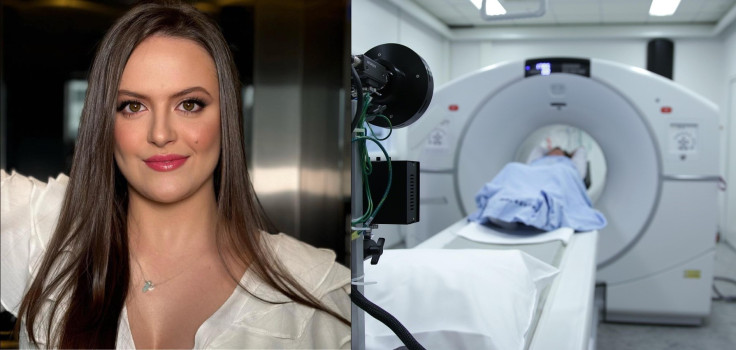Are CT Scans Safe? Fears Raised After 22-Year-Old Law Graduate Dies
The sudden death of a young woman after a CT scan sparks global concern over medical safety and patient risk

A routine medical procedure turned fatal for 22-year-old law graduate Leticia Paul, who died less than 24 hours after undergoing a contrast-enhanced CT scan at Alto Vale Regional Hospital in Rio do Sul, Brazil. Paul reportedly suffered anaphylactic shock, a rare but severe allergic reaction, triggered by the contrast agent used during the scan.
Her death has raised concerns over the safety of CT scans, particularly the risks associated with contrast media and radiation exposure. According to her aunt, Sandra Paul, Leticia had a history of kidney stones and was undergoing a routine check-up when the incident occurred.
The hospital issued a statement expressing condolences and reaffirming its commitment to clinical safety protocols: 'All procedures are conducted in accordance with recommended clinical protocols.'
Understanding the Risks: Contrast Agents and Allergic Reactions
CT scans often involve the use of iodinated contrast agents to enhance image clarity. While generally considered safe, these substances can cause allergic reactions in rare cases. Severe reactions, such as anaphylaxis, occur in some patients, according to recent medical literature.
Dr. Murilo Eugênio Oliveira, a radiology specialist, told the Brazilian news outlet G1 that adverse reactions to contrast agents are rare and, in his experience, occur only about once every six years.
'In the units where I work, we do about 300 tests a day and, in this demand, we have cases of mild reactions every six months. A serious reaction is one every 6 years', says Murilo.
Most patients experience only mild symptoms such as nausea, itching, or a warm sensation, which typically resolve without intervention.
Nonetheless, the incident has prompted calls for more rigorous pre-screening and informed consent procedures, especially for patients with known sensitivities or underlying conditions.
Radiation Exposure: A Growing Public Health Concern
Beyond allergic reactions, CT scans carry another risk: exposure to ionising radiation. A 2025 study published in JAMA Internal Medicine estimates that CT scans performed in the United States in 2023 could result in approximately 103,000 future cancer cases, accounting for nearly 5% of all new diagnoses.
Dr Rebecca Smith-Bindman, lead author of the study and professor at UCSF, stated: 'CT can save lives, but its potential harms are often overlooked. Reducing the number of scans and reducing doses per scan would save lives.'
The study found that abdominal and pelvic CT scans contributed to the largest number of projected cancers, with lung, colon and breast cancers among the most common outcomes.
Balancing Benefit and Risk
Medical experts emphasise that while the risks are real, they must be weighed against the diagnostic benefits. CT scans are indispensable tools in modern medicine, used to detect tumours, guide surgeries and diagnose internal injuries.
The American Association of Physicists in Medicine (AAPM) responded to the study by noting that medically necessary CT exams provide essential information and that 'advances in CT technology have reduced radiation doses by 20% between 2006 and 2016.'
Dr. Amy Berrington de González of the Institute for Cancer Research also noted that, for individual patients, the increased risk associated with diagnostic scans is minimal, and that the benefits significantly outweigh the risks when the procedure is clinically warranted.
What Patients Should Know

Experts recommend that patients ask their doctors key questions before undergoing a CT scan:
- Is the scan medically necessary?
- Are there alternative imaging methods like MRI or ultrasound?
- Can a lower-dose or single-phase scan be used?
Modern CT machines are designed to use the lowest radiation dose possible while maintaining image quality. Radiologists follow the ALARA principle, 'As Low As Reasonably Achievable', to minimise exposure.
Transparency and Vigilance Needed
Leticia Paul's death is a tragic reminder that even routine procedures carry risks. While CT scans remain vital diagnostic tools, greater transparency, patient education and adherence to safety protocols are essential to minimise harm.
As CT usage continues to rise globally, healthcare systems must ensure that every scan is truly necessary and that patients are fully informed of both the benefits and the risks.
© Copyright IBTimes 2025. All rights reserved.




















